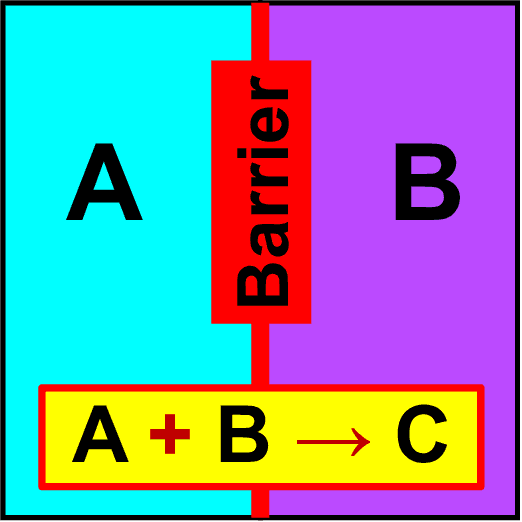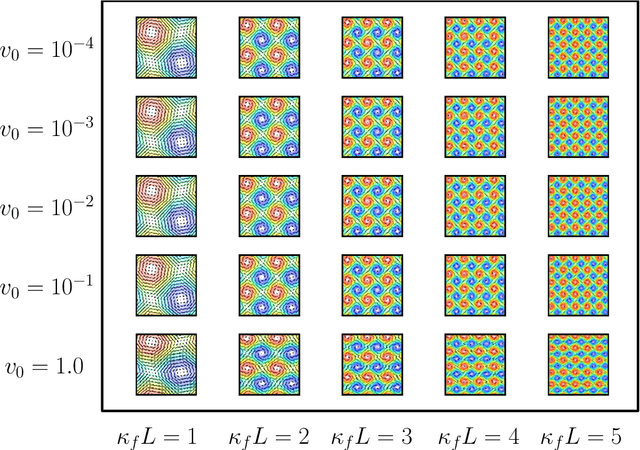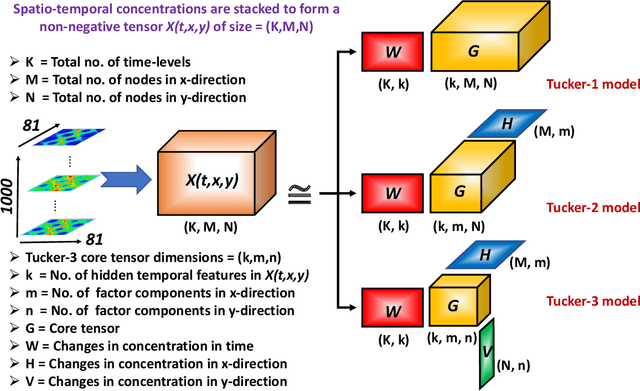Unsupervised Machine Learning Based on Non-Negative Tensor Factorization for Analyzing Reactive-Mixing
Paper and Code
May 16, 2018



Analysis of reactive-diffusion simulations requires a large number of independent model runs. For each high-fidelity simulation, inputs are varied and the predicted mixing behavior is represented by changes in species concentration. It is then required to discern how the model inputs impact the mixing process. This task is challenging and typically involves interpretation of large model outputs. However, the task can be automated and substantially simplified by applying Machine Learning (ML) methods. In this paper, we present an application of an unsupervised ML method (called NTFk) using Non-negative Tensor Factorization (NTF) coupled with a custom clustering procedure based on k-means to reveal hidden features in product concentration. An attractive aspect of the proposed ML method is that it ensures the extracted features are non-negative, which are important to obtain a meaningful deconstruction of the mixing processes. The ML method is applied to a large set of high-resolution FEM simulations representing reaction-diffusion processes in perturbed vortex-based velocity fields. The applied FEM ensures that species concentration are always non-negative. The simulated reaction is a fast irreversible bimolecular reaction. The reactive-diffusion model input parameters that control mixing include properties of velocity field, anisotropic dispersion, and molecular diffusion. We demonstrate the applicability of the ML method to produce a meaningful deconstruction of model outputs to discriminate between different physical processes impacting the reactants, their mixing, and the spatial distribution of the product. The presented ML analysis allowed us to identify additive features that characterize mixing behavior.
 Add to Chrome
Add to Chrome Add to Firefox
Add to Firefox Add to Edge
Add to Edge